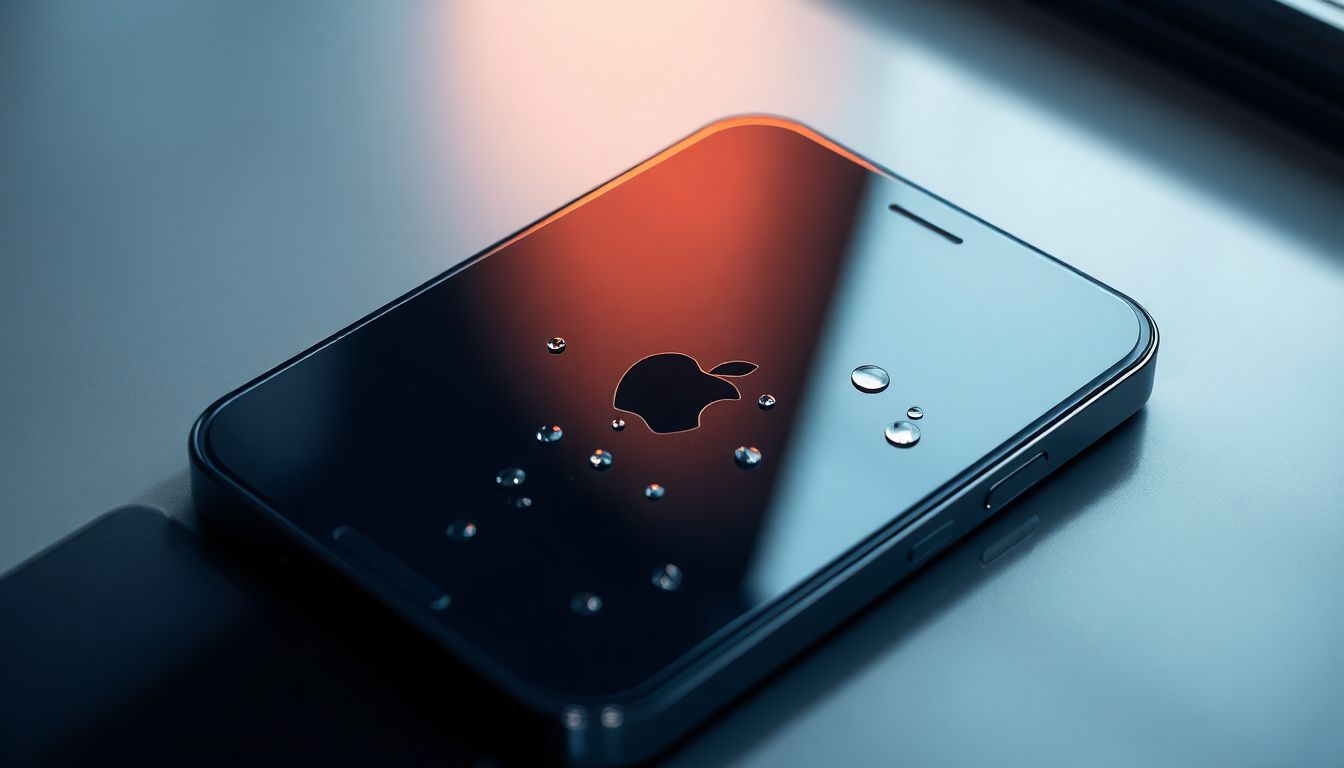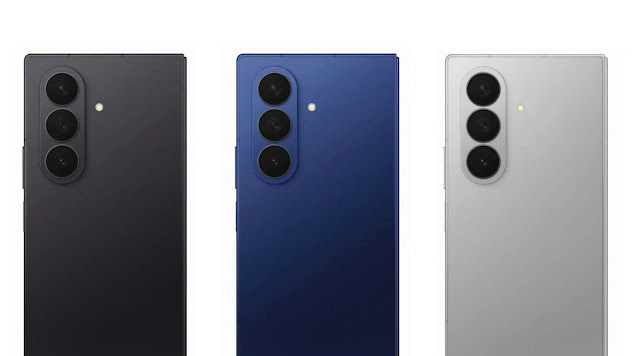Inside the Launch of Liquid Glass

The Future of Smartphone Durability (With Real Photos & Pricing):
Introduction
Smartphones continue to improve, offering better cameras, faster processors, and sleeker designs. But one thing hasn't changed much: protection. Scratches, water, drops—these are still common worries. Everyone wants their device to last longer. That's where Liquid Glass comes in. It's a new coating promising to make smartphones tougher without bulky cases or thick screen protectors.
This article takes a deep dive into Liquid Glass’s big launch. You’ll see real pictures, test results, pricing details, and what this means for tech lovers everywhere. Get ready to learn how this tiny coating could change the way we protect our phones forever.
What Is Liquid Glass and How Does It Work?
Understanding Liquid Glass Technology
Liquid Glass isn’t really glass but a special coating made mostly from silica, the same stuff in quartz and sand. When you apply it, a super-thin layer forms over your phone’s surface. Think of it like a second skin that covers and protects. Its microscopic layer makes your device more resistant to scratches, water, and smudges.
Science proves its durability comes from its ability to form a strong bond with the phone’s material. It’s flexible enough to repair small scratches on its own—hence, “self-healing.” This tiny barrier keeps your phone looking new longer.
The Innovation Behind Liquid Glass
Unlike traditional protectors or cases, Liquid Glass is applied directly to the surface. Some coatings are self-application—think spray-on or wipe-on kits—while others require professional service. Its manufacturing involves multiple layers, each adding strength and flexibility.
Safety-wise, Liquid Glass is non-toxic and eco-friendly. No harmful chemicals are involved. Plus, it doesn’t change how your phone feels or looks—no thick bumps or plastic overlays. It’s a sleek, invisible shield that keeps your device pristine.
The Launch Event: Details and Highlights
Event Overview and Attendance
The official launch took place at a major tech conference last month. Industry leaders, media, and top reviewers gathered to see what all the fuss was about. The event was hosted at a renowned venue and streamed live online. The keynote speaker extolled Liquid Glass’s promise of longer-lasting devices and fewer repairs.
Demonstrations and Real-World Testing
During the launch, companies showed off real-life tests. They used sharp keys and knives to scratch coated phones—no damage. Water tests revealed that liquids bead and roll right off coated surfaces. Videos caught moments of water splashing, only to slide away effortlessly. Attendees reacted with surprise and excitement about how the coating holds up.
Tech experts praised Liquid Glass’s tough, yet flexible, protective layer. They said it could become a must-have for anyone tired of flimsy screen protectors and brittle cases.
Real Photos & Visual Evidence of Liquid Glass Performance
Close-Up Photos of Coated Smartphones
High-res images span various phone brands—iPhone, Samsung, Google Pixel—all showing the coating in action. Before-and-after shots clearly highlight how scratches are minimal on coated models. The coating appears almost invisible but visibly resistant to everyday damage.
User-Generated Content and Testimonials
Early users shared photos online of their actual devices. Many show scratched-free screens after months of daily use. Comments echo the same sentiment: Liquid Glass offers genuine protection without altering the phone’s look or feel. Some even say the coating makes cleaning easier—smudges wipe off with less effort.
Pricing, Availability, and Purchase Options
Product Packages and Cost Breakdown
Pricing depends on your phone size and coverage needs. Standard coating costs around $50–$70 for a single device, while premium packages with enhanced protection run about $100–$150. When compared to buying multiple screen protectors or cases, Liquid Glass often costs less over time because it lasts longer. Plus, it needs fewer reapplications.
How and Where to Buy
The coating is now available online via the official website. Some authorized retail stores will carry professional application services soon. The launch discount offers 20% off for early buyers. Shipping is available in the US, Europe, and a few other regions, with plans to expand worldwide soon.
Benefits and Limitations of Liquid Glass
Advantages Over Conventional Protection
This coating lasts much longer than traditional screen protectors—up to five years in many cases. It’s self-healing, so tiny scratches often disappear without repair. Water, oil, and dirt just slide off, keeping your device cleaner. Plus, it’s invisible—your phone’s design stays unchanged.
Limitations and Considerations
While impressive, it isn’t a miracle. Heavy drops or impacts can still damage the device. Reapplication might be needed after about two years, depending on use. Compatibility is high but check whether your phone’s material suits the coating before applying. Also, professional application yields better results compared to DIY sprays.
Future Implications and Industry Impact
Market Adoption and Consumer Trends
Analysts believe Liquid Glass will grow quickly. Consumers seek long-lasting protection that is easy to maintain. As awareness spreads, more brands will likely adopt similar coatings. The hope? Phones that stay pristine longer and cut down on repairs.
Innovations and Complementary Technologies
Developers are working on integrating Liquid Glass with other features, like anti-microbial agents or UV protection. Combining coatings with rugged cases or tempered glass might soon be standard. Future coatings could even repair themselves better or add other functionalities.
Expert Opinions and Industry Quotes
Wearable tech researcher Lisa Parker says, “Liquid Glass could redefine how we think about device protection. It’s simple, effective, and long-lasting.” A spokesperson from the coating manufacturer states, “We see this as a new era in device durability, making smartphones more resilient from day one.”
Actionable Tips for Consumers
- When choosing protection, consider Liquid Glass if durability and look matter most.
- Keep your coated phone clean with a soft cloth—avoid harsh chemicals.
- Reapply the coating every couple of years to maintain maximum protection.
- Compare costs and benefits against traditional protectors to decide what fits your budget and lifestyle.
Conclusion
Liquid Glass’s launch marks a new chapter in smartphone safety. It offers a thin, invisible shield that resists scratches, water, and daily wear. With real-world tests and early user feedback, this coating proves its worth. If you want a long-lasting, hassle-free way to protect your device, Liquid Glass might be the answer. As technology advances, expect more innovations that keep our gadgets safer and looking new longer. Keep an eye on this emerging trend—you may soon wonder how we ever managed without it.


Comments
Post a Comment